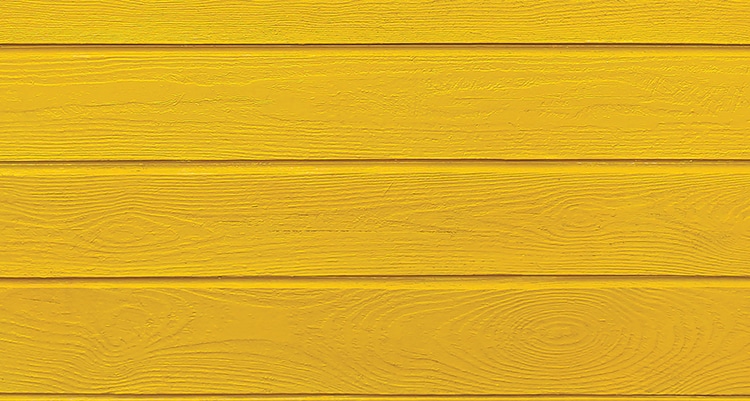By Antonio Saranillo, Sherwin Williams; Sarjak H. Amin, Quake Color; Theodore Provder, Polymer and Coatings Research, LLC; Allayna Lee,
Eastern Michigan University; and Nawshova Tasmeen, Eastern Michigan University
During the film formation process, an applied liquid film transforms into an adherent solid film through physical and/or chemical processes. The film formation process involves changes in rheology, evolution of mechanical properties, and the resultant ultimate film structure and morphology. In this study, the film formation process of coatings was monitored using a novel and innovative technology denoted as Adaptive Speckle Imaging Interferometry (ASII). Film formation data obtained from ASII was compared with information obtained from more traditional methods, such as set-to-touch time, tack-free time and dry-hard time (from a mechanical recorder), rate of volatiles evaporation from thermogravimetric analysis, and degree of chemical cure from differential scanning calorimetry, where applicable. Combining information from several techniques provides a more comprehensive picture of the film formation process for a wide variety of waterborne and solvent-based coatings: architectural interior and exterior coatings, industrial maintenance, marine, and gel coat coatings. Excellent repeatability and reproducibility of ASII drying curves were demonstrated. ASII drying curves can differentiate film thickness, substrate type, volatile organic compound level, pigment volume concentration, resin type, and coating manufacturer for a specific type of coating.
CONTINUE READING IN THE JANUARY 2021 DIGITAL ISSUE OF COATINGSTECH.
